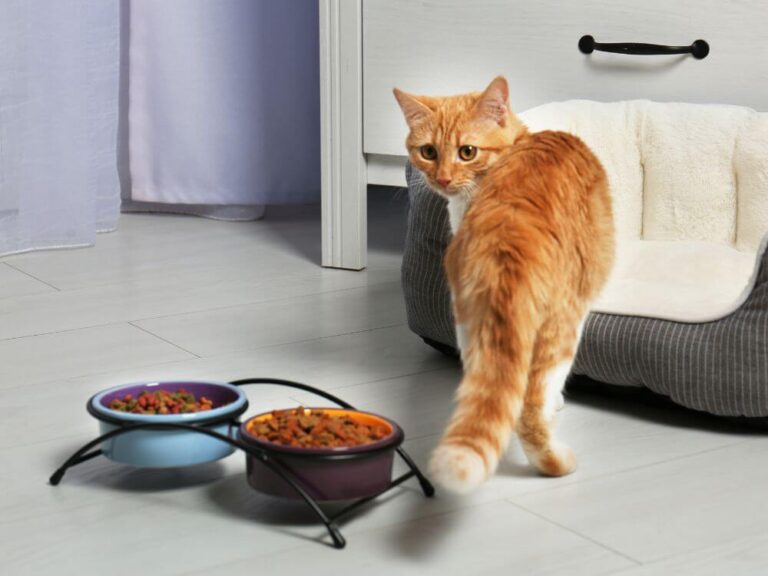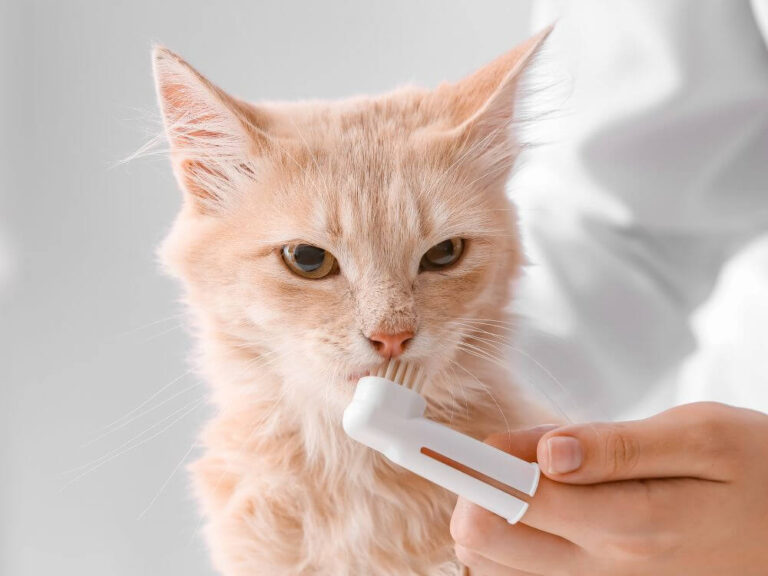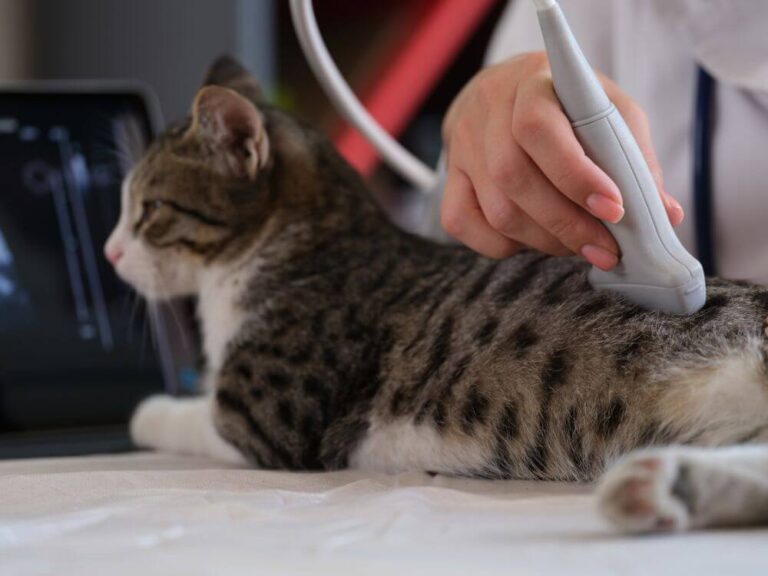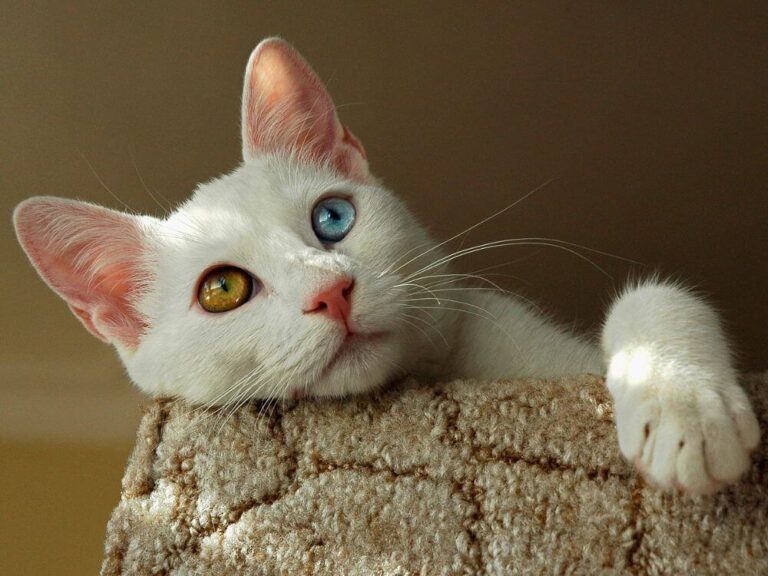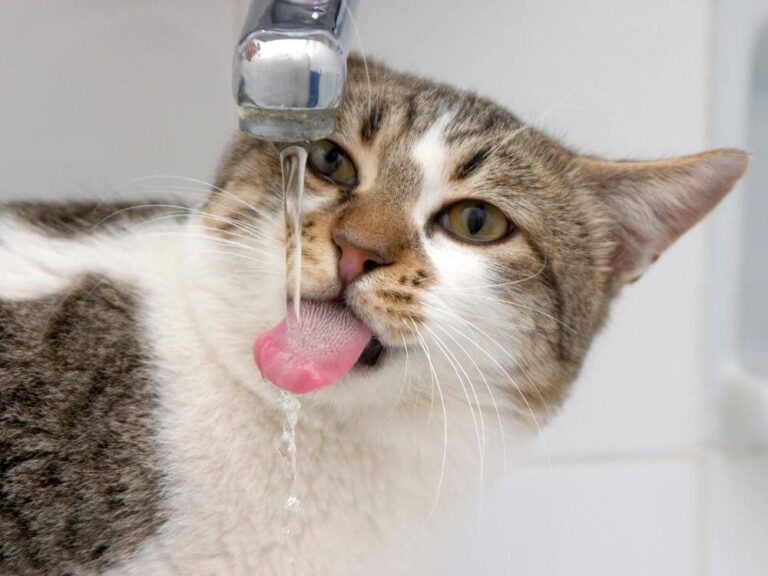How to Care for Your Cat’s Fur: Tips for a Healthy, Shiny Coat
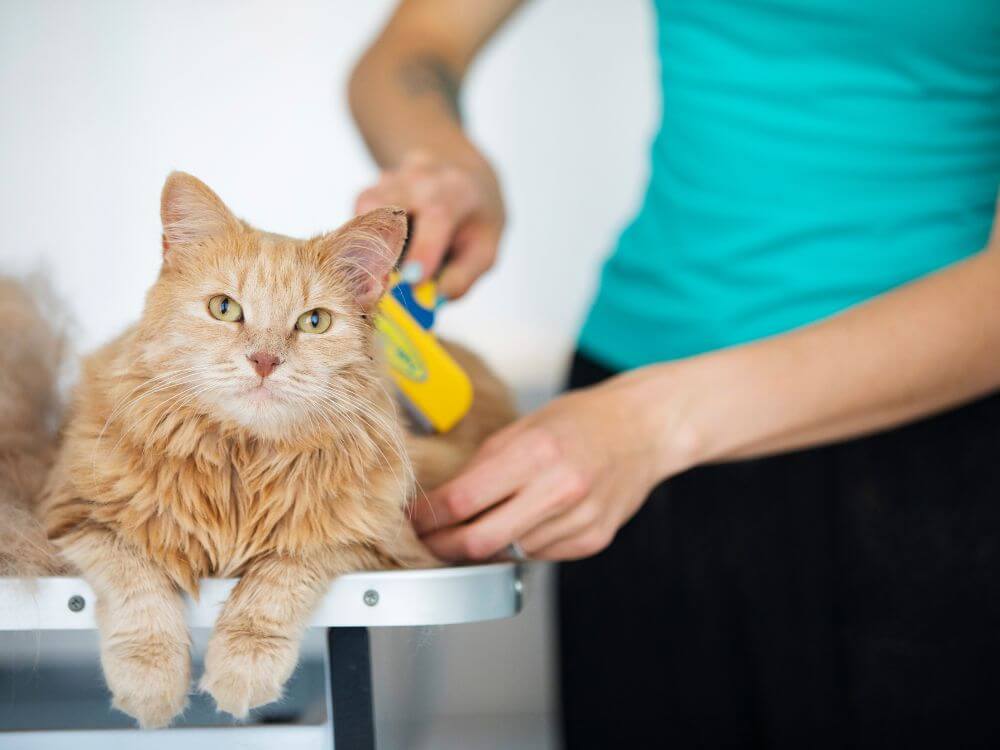
Your cat’s fur is more than just a beautiful feature. It’s a vital indicator of overall health. A well-groomed coat reflects a cat’s wellbeing, while neglect can lead to various issues. Understanding how to care for your cat’s fur properly ensures that your feline friend stays healthy and happy. This guide covers essential tips for maintaining a beautiful and healthy coat.
Understanding Your Cat’s Fur
Cats have a variety of coat types, each requiring specific care. Some cats have short, sleek fur, while others have long, fluffy coats that require more maintenance. Knowing your cat’s fur type helps you provide the best care. For example, long-haired breeds like the Persian require daily brushing to prevent matting, while short-haired cats like the Siamese might only need weekly grooming. Regular grooming also helps you bond with your cat and reduces shedding.
The Importance of Regular Brushing
Regular brushing is essential for all cats, regardless of fur length. Brushing removes loose hair, prevents matting, and stimulates natural oils that keep the coat shiny. For short-haired cats, a weekly brushing session is usually sufficient. Use a soft-bristle brush to gently remove loose fur and distribute natural oils. Long-haired cats need more frequent grooming. Daily brushing is recommended to prevent tangles and mats. Use a wide-toothed comb for initial detangling, followed by a soft brush to smooth the coat.
Bathing Your Cat: When and How
Unlike dogs, cats typically don’t need frequent baths. Cats are natural groomers and can keep themselves clean. However, there are situations where a bath becomes necessary, such as when your cat gets into something sticky or dirty. Choose a cat-specific shampoo that is gentle on their skin. Avoid using human shampoo as it can be too harsh for a cat’s sensitive skin. Fill a sink or tub with lukewarm water, wet your cat gently, and apply the shampoo. Be sure to avoid the eyes and ears. Rinse thoroughly to remove all soap residues, which can irritate the skin. After the bath, dry your cat with a towel, and keep them in a warm room until completely dry. Some cats tolerate blow-drying, but it should be done on a low, quiet setting to avoid stress.
Addressing Shedding and Hairballs
Shedding is a natural process, but excessive shedding can be a sign of underlying health issues. Regular grooming helps control shedding by removing loose fur before it ends up on your furniture. If your cat sheds excessively, consider a visit to the vet to rule out any health problems. Hairballs are a common issue, especially in long-haired cats. Regular brushing reduces the amount of hair your cat ingests during grooming, which can minimize hairballs. Adding a hairball control formula to your cat’s diet may also help.
Dealing with Mats and Tangles
Mats and tangles can form in your cat’s fur, particularly in long-haired breeds. Mats can be uncomfortable and even painful for your cat. Regular brushing prevents mats, but if you find one, handle it carefully. Use a detangling spray or a mat splitter to gently work through the mat. Never cut a mat out with scissors, as it’s easy to accidentally cut your cat’s skin. If a mat is too severe, a professional groomer may be needed.
The Role of Diet in Fur Health
A cat’s diet plays a crucial role in the health of their fur. A balanced diet rich in omega-3 and omega-6 fatty acids promotes a shiny coat. High-quality cat food that includes these nutrients supports healthy skin and fur. Supplements like fish oil can be added to your cat’s diet to boost coat health, but always consult your vet before introducing any new supplements.
Recognizing and Treating Skin Issues
Sometimes, poor cat fur condition is a sign of underlying skin issues. Dry, flaky skin, redness, or excessive scratching may indicate allergies or other skin conditions. Fleas, mites, and fungal infections like ringworm can also affect your cat’s fur and skin. Regular grooming sessions help you spot these issues early. If you notice any signs of skin problems, consult your vet for proper diagnosis and treatment.
Managing Seasonal Cat Fur Changes
Cats often experience changes in their coat with the seasons. During spring and fall, many cats shed more as they transition between winter and summer coats. During these times, extra grooming helps manage shedding. Regular brushing and a healthy diet support your cat through these seasonal changes.
Professional Grooming: When to Seek Help
While regular home grooming is essential, some cats may benefit from professional grooming services. Long-haired cats, in particular, may need professional help to manage their coats. A groomer can handle tasks like trimming, de-matting, and even bathing if your cat is too difficult to groom at home. Regular professional grooming can be a great way to keep your cat’s coat in top condition, especially if you have a breed that requires intensive care.
The Benefits of Grooming Beyond Fur Health
Grooming does more than just keep your cat’s fur looking good. It’s an excellent way to bond with your cat, helping them feel loved and cared for. Grooming sessions allow you to check for any lumps, bumps, or other health concerns that may need a vet’s attention. Regular grooming also reduces the amount of loose fur in your home, helping to keep your living space clean.
Conclusion: Keeping Your Cat’s Fur Healthy
Caring for your cat’s fur requires regular attention, but the results are well worth the effort. A well-groomed coat is not only beautiful but also a sign of good health. By understanding your cat’s fur type, brushing regularly, managing shedding, and addressing any skin issues, you can ensure your cat’s coat remains shiny and healthy. Don’t forget that diet plays a significant role in fur health, so providing high-quality food and considering supplements can make a big difference. Regular grooming is an opportunity to bond with your cat and ensure they are happy, comfortable, and looking their best. With the right care, your cat’s fur will remain a source of pride for both you and your feline companion.

